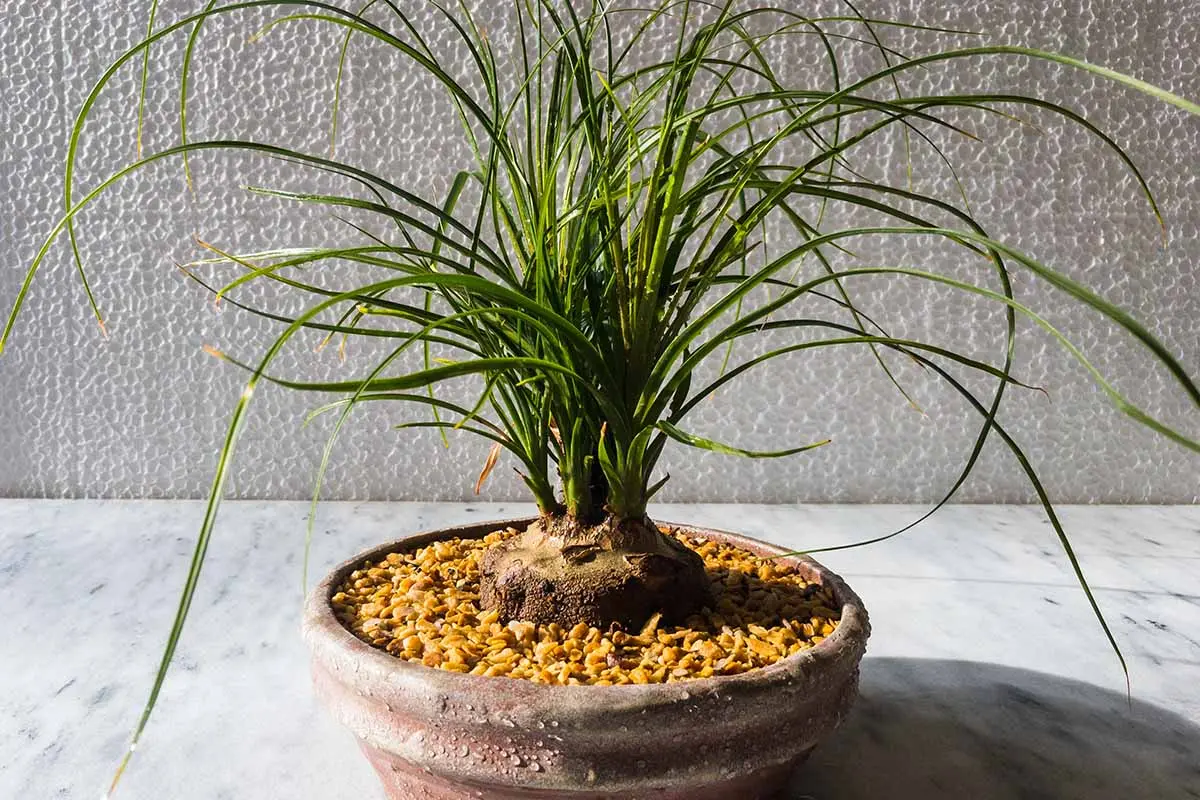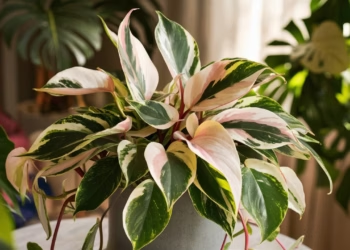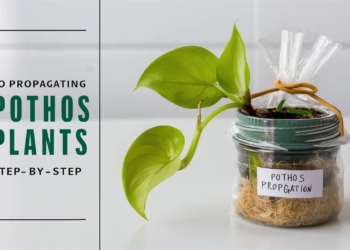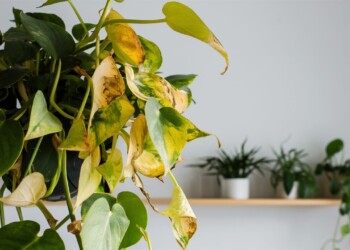Ahoy, plant enthusiasts and green-thumb gurus! Are you ready to embark on a botanical adventure that will tickle your senses and ignite your passion for plant parenting? Well, look no further because we’re diving headfirst into the whimsical world of propagating ponytail palm! Get your gardening gloves on and prepare to be enchanted by the magic of nurturing these delightful botanical beauties.
Table Of Contents
What is Propagating Ponytail Palm?
Before we dive into the nitty-gritty of propagation, let’s unravel the mystery behind the majestic ponytail palm. Native to Mexico, this resilient plant, also known as Beaucarnea recurvata, boasts a striking resemblance to a miniature palm tree, complete with its signature cascading leaves that resemble a ponytail – hence the name! Propagating ponytail palm involves the reproduction of these captivating plants through various techniques, allowing you to expand your green oasis and share the joy of plant parenthood with fellow enthusiasts!

Why Propagate Ponytail Palms?
You might wonder, why bother propagating Ponytail Palms when they’re already beautiful as they are? Well, there are several reasons why propagation is beneficial:
- Expand Your Collection: Propagating allows you to increase your plant collection without spending a fortune.
- Gifts for Friends: Sharing is caring! Propagated Ponytail Palms make thoughtful and unique gifts for friends and family.
- Experimentation: For the curious gardener, propagation provides an opportunity to experiment with different techniques and observe plant growth firsthand.
- Preservation: By propagating Ponytail Palms, you contribute to the preservation of this species, ensuring its beauty for generations to come.
Best Time To Propagate Ponytail Palms
Optimal propagation time for Ponytail Palms falls within the spring and early summer months. During this period of active growth, plants exhibit heightened resilience, increasing their chances of successful propagation. However, with proper care procedures in place, propagation can be undertaken throughout the year.
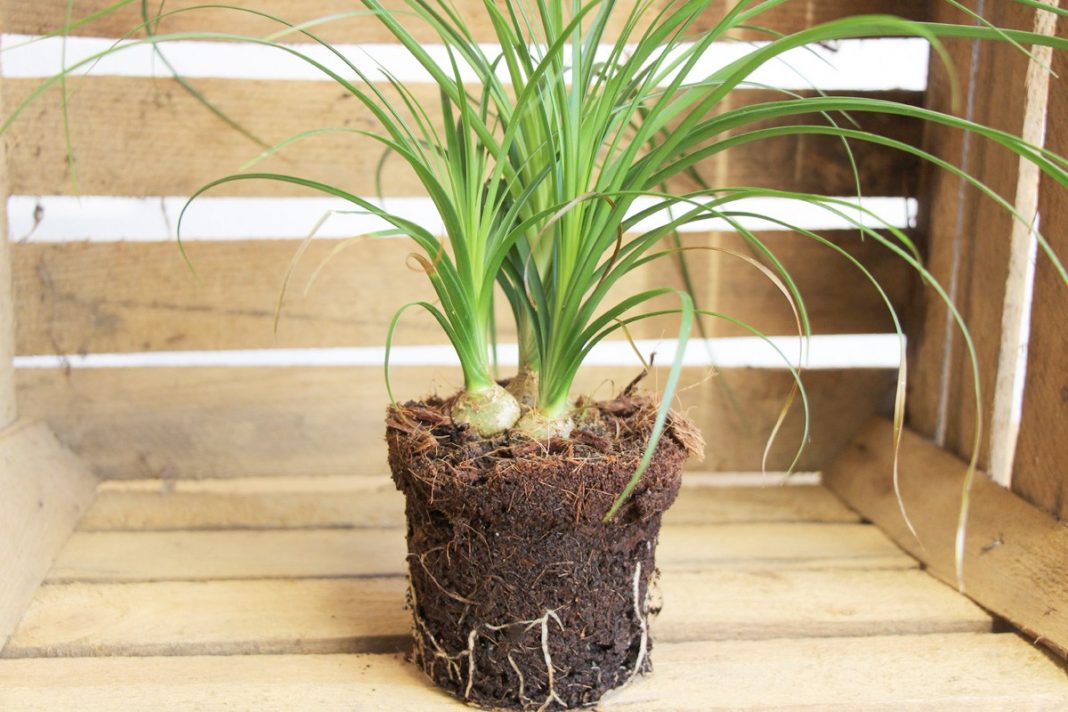
How To Propagating Ponytail Palm
Offsets or Pups: Method 1
This method involves propagating Ponytail Palms from offsets, also known as pups. Follow these steps:
- Identify the Offset: Look for small offshoots growing at the base of the parent plant.
- Prepare the Offshoot: Gently separate the offset from the parent plant using a sharp, sterilized knife or pruning shears, ensuring minimal disturbance to the roots.
- Rooting: Plant the offset in a well-draining potting mix and water thoroughly. Place it in a bright, indirect light location.
- Maintenance: Keep the soil consistently moist but not waterlogged. After a few weeks, roots will begin to develop, indicating successful propagation.
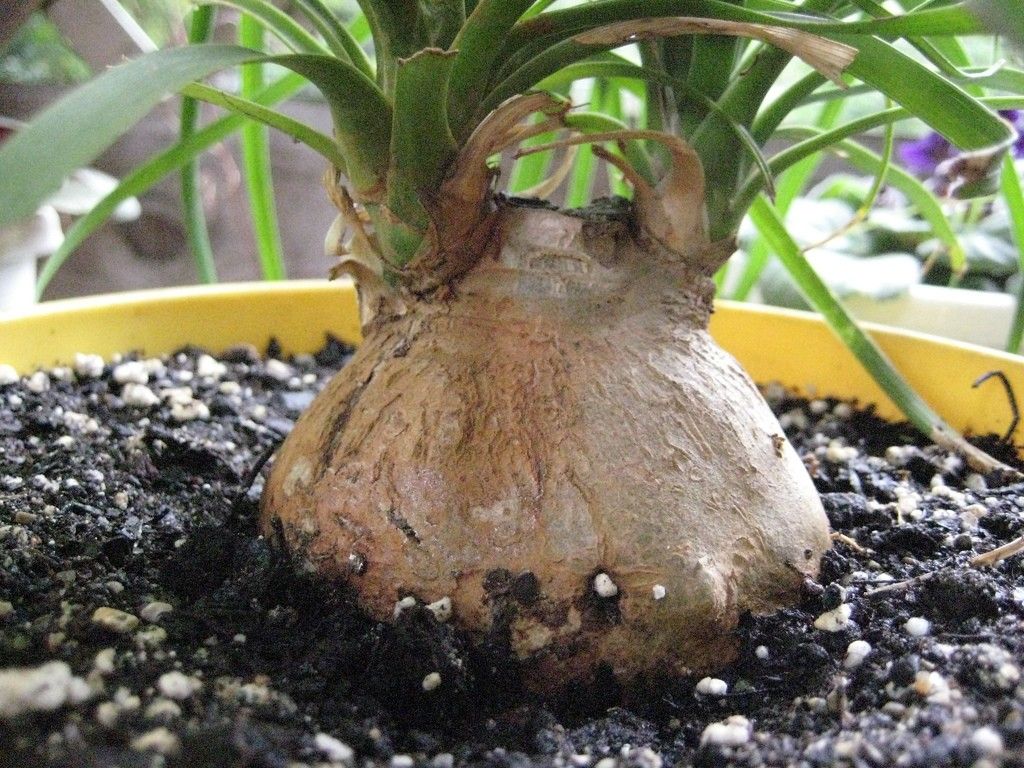
Stem Cuttings: Method 2
Stem cuttings offer another effective way to propagate Ponytail Palms. Here’s how to do it:
- Select a Healthy Stem: Choose a mature stem with several healthy leaves.
- Cutting Preparation: Using a clean, sharp knife, cut a section of the stem approximately 4-6 inches long.
- Drying Time: Allow the cut end to callus over for a few days to prevent rotting.
- Planting: Plant the cutting in a well-draining potting mix, burying the cut end about an inch into the soil.
- Root Development: Place the pot in a warm, bright location with indirect sunlight. Mist the cutting occasionally to maintain humidity.
- Rooting Progress: Within a few weeks, roots will start to form, and new growth will emerge, indicating successful propagation.

Division: Method 3
Dividing mature Ponytail Palms is another effective propagation method. Follow these steps:
- Choose a Mature Plant: Select a mature Ponytail Palm with multiple stems or heads.
- Preparation: Carefully remove the plant from its pot and shake off excess soil to expose the root system.
- Division: Using a sharp, sterilized knife, divide the plant into smaller sections, ensuring each division has both roots and foliage.
- Planting: Plant each division in its own pot filled with well-draining soil.
- Care: Water the newly divided plants thoroughly and place them in a bright, indirect light location.
- Maintenance: Keep the soil consistently moist but not soggy, and monitor the plants for signs of new growth, indicating successful propagation.

Care After Propagation
Light And Position
Position newly propagated Ponytail Palms in areas receiving bright, indirect sunlight for optimal growth. Avoid direct sunlight exposure, as it may lead to leaf scorching, particularly in young plants. Adequate ventilation promotes air circulation, reducing the risk of fungal infections.
Temperature & Humidity
Maintain temperatures between 60-85°F, mimicking the plant’s native arid environment. Moderate humidity levels of 30-50% support healthy growth, preventing fungal diseases and excessive moisture loss.
Soil Type
Continue using well-draining soil post-propagation to prevent waterlogging and root rot. Balanced indoor potting mixes provide essential nutrients while facilitating adequate drainage.
Watering
Water Ponytail Palms when the topsoil feels dry to the touch, avoiding excessive moisture accumulation. Once established, maintain a consistent watering schedule, ensuring thorough saturation without waterlogging.
Fertilizer
Apply balanced plant food sparingly to support optimal growth without overwhelming the plant. Moderation is key, as Ponytail Palms are not heavy feeders.
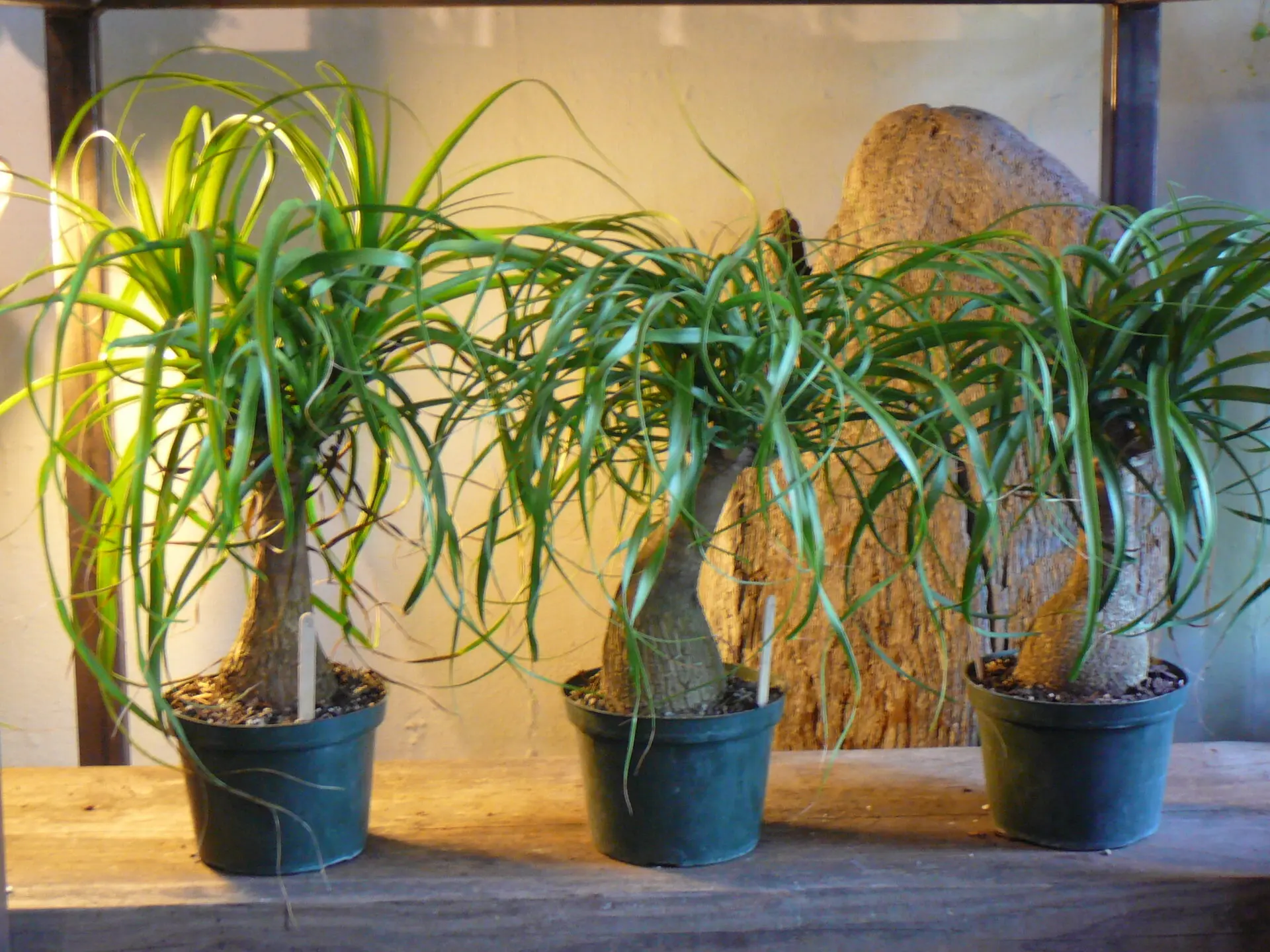
And there you have it, fellow plant aficionados – a whimsical journey through the enchanting realm of propagating ponytail palm! Armed with our newfound knowledge and a sprinkle of botanical magic, we’re ready to embark on our propagation escapade and watch our green oasis flourish with life and vitality. So, roll up your sleeves, grab your pruning shears, and let’s propagate some ponytail palms like there’s no tomorrow! Happy gardening, folks!
FAQs
Can you grow a ponytail palm from cutting?
Ponytail Palms (Beaucarnea recurvata) are typically propagated from seeds or offsets rather than cuttings. However, it’s possible to propagate them from stem cuttings, although it’s less common and success rates may vary. Take a stem cutting with a clean, sharp knife and allow it to callus for a few days before planting it in well-draining soil. Keep the soil lightly moist and provide bright, indirect light.
How do you multiply a ponytail palm?
Ponytail Palms can be multiplied through several methods:
- Offsets: Mature plants produce offsets or “pups” that can be carefully separated and planted individually.
- Seeds: Collect seeds from mature flowers, sow them in well-draining soil, and keep them warm and moist until germination.
- Stem Cuttings: While less common, stem cuttings can be taken and propagated, although success rates may vary.
Can I cut the top off a ponytail palm?
Cutting the top off a Ponytail Palm is not typically recommended, as it can permanently damage the plant and result in stunted growth or death. The top of the plant contains the growing point, and removing it can disrupt the plant’s growth and development.
How do you separate a ponytail palm?
To separate offsets from a Ponytail Palm:
- Gently remove the plant from its pot.
- Identify the offsets, which are smaller plants growing around the base of the main plant.
- Carefully separate the offsets from the main plant using a clean, sharp knife or by gently twisting them apart.
- Plant each offset in its own pot with well-draining soil and provide appropriate care.
Do ponytail palms need full sun?
Ponytail Palms prefer bright, indirect light. While they can tolerate some direct sunlight, too much can scorch their leaves. Place them in a location with bright, indirect sunlight for optimal growth.
Can a ponytail palm survive without leaves?
Ponytail Palms store water in their swollen base, which allows them to withstand periods of drought and temporary leaf loss. However, if a Ponytail Palm loses all its leaves, it may struggle to recover and may eventually die. It’s essential to address any issues causing leaf loss, such as overwatering or inadequate light, to help the plant recover and regrow its leaves.
